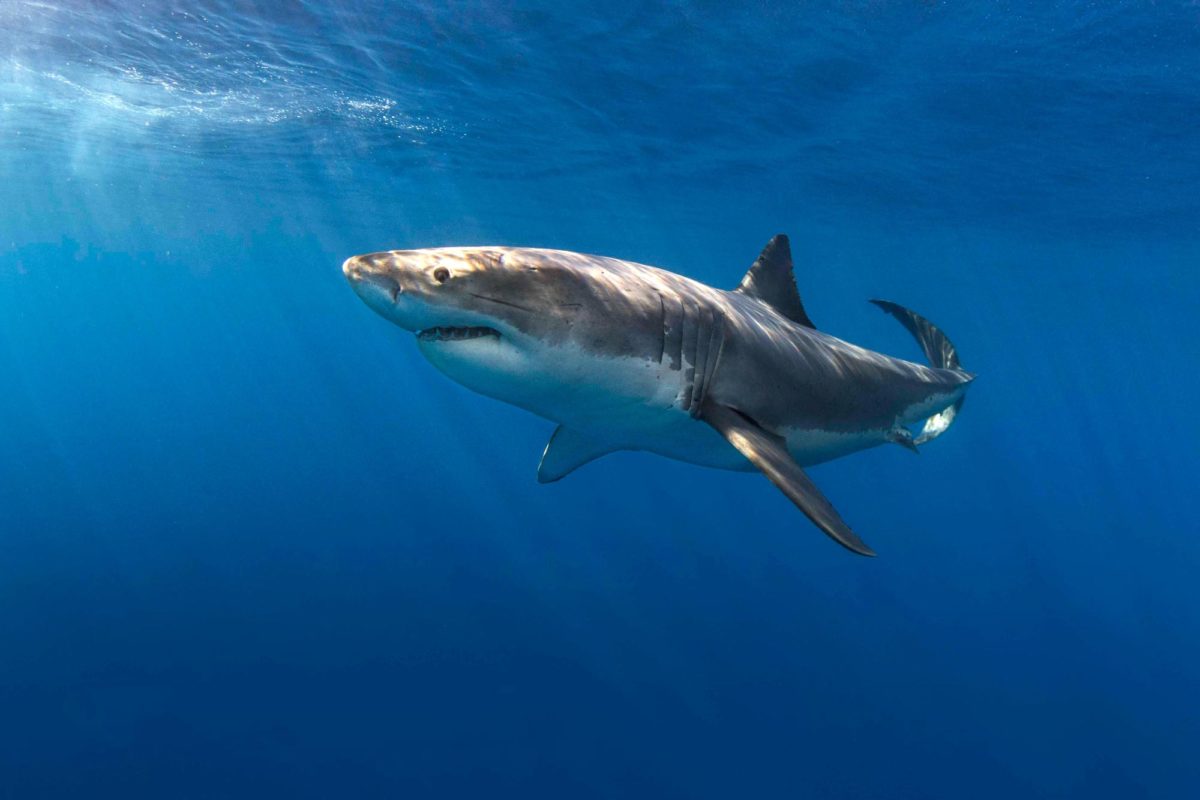

They found cases of sunbathing hammerhead sharks and certain rays that could change their color, for instance. Kuguru thought the idea sounded fascinating, and the pair started researching the topic. "I said, 'Hey, man, what if I told you great whites also change their color?'" Johnson recalled. Then he met Gibbs Kuguru, who was conducting his PhD work in the Maldives on color changes in blacktip sharks. The dorsal fin marking is the same,'" said Johnson. "But then you'd go back and look at the photos and think, 'Ah, this isn't a new shark. Wilderness & environmental medicine 27(1): 184185. 1 of 5 stars 2 of 5 stars 3 of 5 stars 4 of 5 stars 5 of 5 stars.

Often, he recalled, he and his team would spot a light-colored shark in the morning and another darker-colored shark in the afternoon and would assume they were two different animals. of fatal shark bites within a relatively short period on a small stretch of the coast generated a. Into the Wilderness (Wilderness, 1) Published July 1st 2015 by Transworld Publishers (Division of Random House Australia) Paperback, 800 pages. Shark scientists identify specific animals by their dorsal fins, scars, and other distinguishing marks. Advertisementīased on his field experience, Johnson had long thought that great white sharks might be able to change their color. He has also studied the impact of eco-tourism on sharks, investigated the bite strength of great whites, and studied predator-prey games between great whites and the seals they hunt. Since then, Johnson has studied such questions as whether the great white shark cage-diving industry makes sharks increasingly dangerous to humans and has conducted satellite and acoustic tracking of great whites. I realized this needs attention, a lot more so from my perspective, at least, compared to dolphins." "The shark fin soup trade had gone crazy, and were getting mass slaughtered. "They had just become very popular as a delicacy," Johnson told Ars. When he was 20, he had the chance to do some research on great white sharks in South Africa, which were facing tremendous pressure at the time from over-fishing, leading to a rise in shark attacks.
#INTO THE WILDERNESS SHARK SKIN#
Camo Sharks follows marine biologist and research coordinator for Blue Wilderness Research Unit Ryan Johnson and graduate student Gibbs Kuguru in the field as they attempt to gather evidence to support the hypothesis that these ocean predators can tweak the dermal cells in their skin to change color as a means of camouflage.Ī native of New Zealand, Johnson grew up in a beach-side town, absorbing the conventional wisdom that dolphins were "the good guys" and sharks were "the bad guys." When he decided to become a marine biologist, he wanted to work with dolphins. This year marks the 10th anniversary of National Geographic's Sharkfest, and the NatGeo channel is marking the occasion with an intriguing new documentary exploring whether great white sharks can change their color to hunt more effectively.


 0 kommentar(er)
0 kommentar(er)
